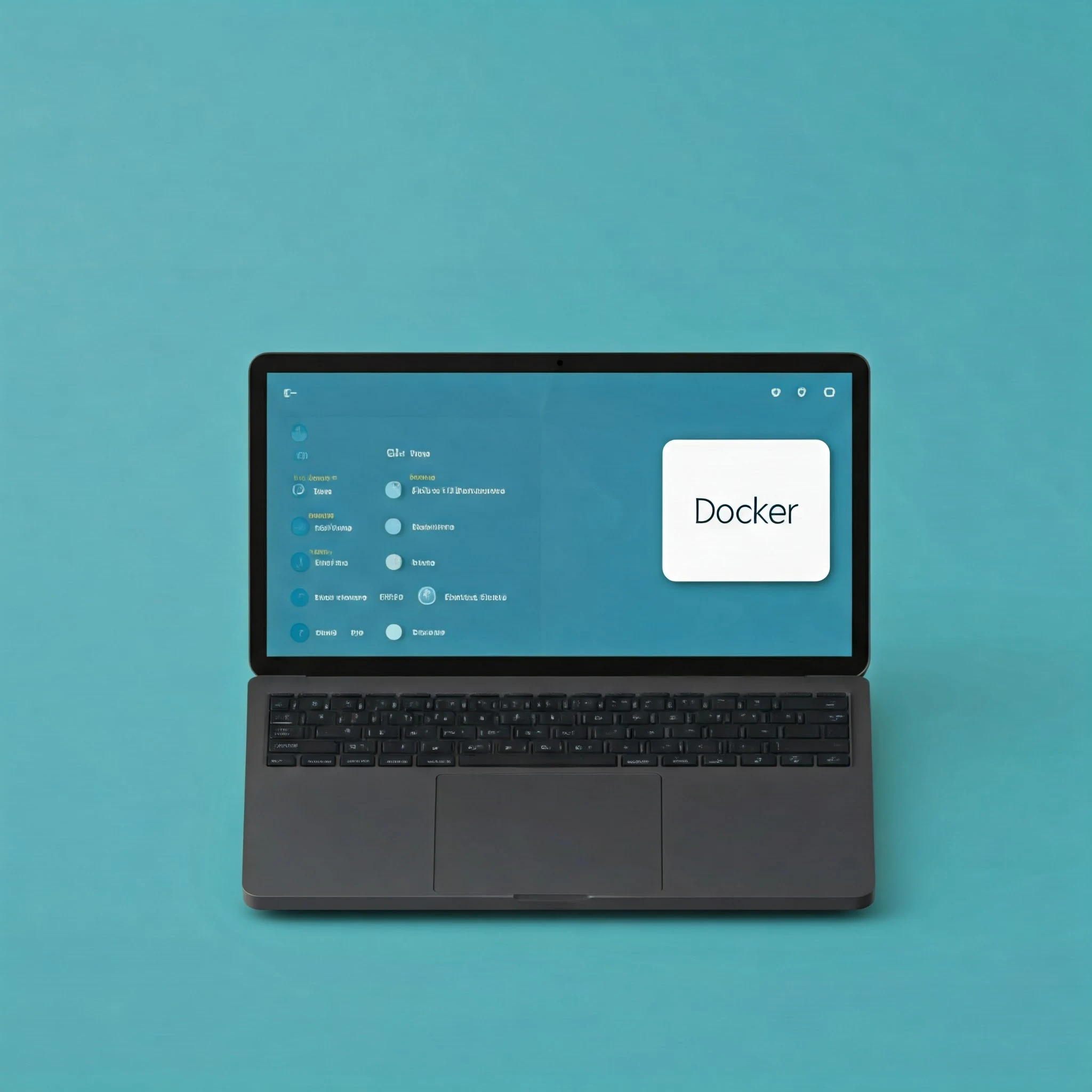Docker has revolutionized the way developers build, ship, and run applications. By providing a consistent environment across different machines, it simplifies the development process and reduces the likelihood of encountering "works on my machine" issues. In this comprehensive guide, we'll delve into how to leverage Docker to create efficient and reproducible local development environments.
Understanding Docker Basics
Before diving into its application in development, let's briefly recap the core concepts of Docker:
- Container: A standardized unit of software that packages code and all its dependencies into a single package.
- Image: A read-only template with instructions for creating a Docker container.
- Dockerfile: A text document that contains all the commands a user could call on the command line to assemble an image.
- Docker Compose: A tool for defining and running multi-container Docker applications.
Why Use Docker for Development?
- Consistency: Ensures that your application runs identically on different machines, preventing environment-related discrepancies.
- Isolation: Isolates applications and their dependencies, avoiding conflicts and simplifying management.
- Efficiency: Speeds up development workflows by eliminating the need to install and configure complex environments.
- Reproducibility: Easily share development environments with team members, ensuring everyone works on the same setup.
Setting Up Your Docker Environment
Installation:
- Linux: Follow the official Docker documentation for your specific distribution.
- macOS: Download and install Docker Desktop.
- Windows: Download and install Docker Desktop.
Basic Commands:
- docker run: Creates and runs a Docker container.
- docker ps: Lists running containers.
- docker images: Lists Docker images.
- docker stop: Stops a running container.
- docker rm: Removes a stopped container.
Creating a Dockerfile for Your Application
A Dockerfile defines the steps to build a Docker image for your application. Here's a basic example for a Node.js application:
Dockerfile
# Use a lightweight Node.js image as the baseFROM node:18-alpine# Set the working directory in the containerWORKDIR /app# Copy package.json and package-lock.json to the working directoryCOPY package*.json ./# Install dependenciesRUN npm install# Copy the rest of the application codeCOPY . .# Expose the port the application will listen onEXPOSE 3000# Define the command to run when the container startsCMD ["npm", "start"]
Building and Running Your Docker Image
Build the Image:
Bashdocker build -t my-node-app .
Run the Container:
Bashdocker run -it -p 3000:3000 my-node-app
Using Docker Compose for Multi-Container Applications
Docker Compose allows you to define and run multi-container Docker applications. Here's an example docker-compose.yml file for a Node.js application with a database:
YAML
version: '3.8'services:web:build: .ports:- "3000:3000"db:image: postgresenvironment:POSTGRES_PASSWORD: mysecretpassword
To start the application:
Bashdocker-compose up -d
Advanced Docker Usage for Development
- Volume Mounting: Mount local directories into containers for persistent data and faster development cycles.
- Docker Compose Configuration: Customize your development environment with environment variables, networks, and more.
- Docker Secrets: Securely store sensitive information like API keys and passwords.
- Docker Multi-Stage Builds: Optimize image size by using multiple stages for building and running.
- Dockerizing Databases: Create Docker images for databases like PostgreSQL, MySQL, and MongoDB.
- Dockerizing Testing Environenmts: Set up isolated testing environments for unit, integration, and end-to-end tests.
Best Practices for Docker in Development
- Keep Dockerfiles Clean and Concise: Use multi-stage builds to minimize image size.
- Leverage Docker Compose for Complex Environments: Manage multiple services efficiently.
- Use Volume Mounts for Faster Development: Avoid rebuilding images frequently.
- Consider Docker Secrets for Sensitive Information: Protect your credentials.
- Automate Your Workflow: Use tools like Docker Compose and scripts to streamline your development process.
By following these guidelines and leveraging Docker's powerful features, you can significantly enhance your local development environment, making it more efficient, consistent, and reproducible.
| Resource | Link |
|---|---|
| Join Our Whatsapp Group | Click Here |
| Follow us on Linkedin | Click Here |
| Ways to get your next job | Click Here |
| Download 500+ Resume Templates | Click Here |
| Check Out Jobs | Click Here |
| Read our blogs | Click Here |










0 Comments